Monthly Archives: July 2023
SOURCE: RAUNAK KUNDE / NEWS BEAT / IDRW.ORG
In a bid to enhance its military capabilities and address the challenges posed by high-altitude warfare, BrahMos Corporation has embarked on the development of a miniaturized missile called BrahMos-Ng (Next Generation). This new missile variant, weighing just 1.4 tons compared to its 3-ton predecessor, has caught the attention of the Indian Armed Forces, particularly the Indian Air Force (IAF) and the Indian Navy.
The IAF has expressed keen interest in developing an air-launched variant of the BrahMos-Ng, capable of being equipped on all fighter types, including Western-made aircraft in its fleet. This air-launched capability is expected to bolster the IAF’s precision strike capabilities and provide a significant advantage during aerial operations.
Continue readingSOURCE: RAUNAK KUNDE / NEWS BEAT / IDRW.ORG
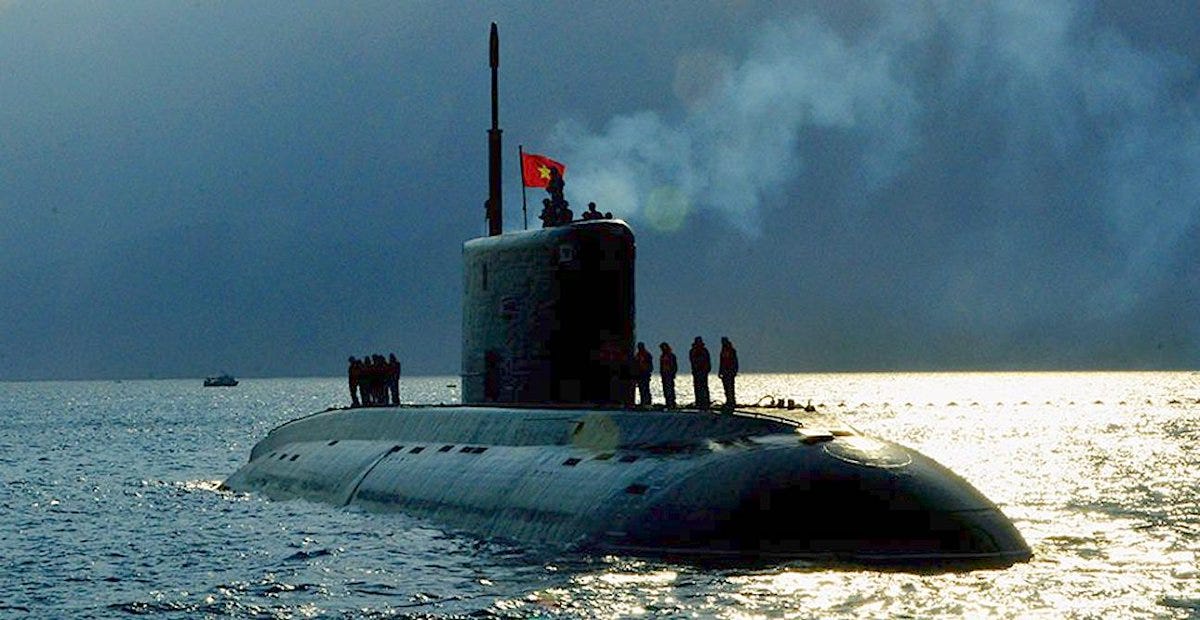
In a strategic move to strengthen defence ties and foster maritime cooperation, India has extended the service of its state-owned shipyards, particularly Hindustan Shipyard Limited (HSL), to assist in extensive repairs, upgrades, system integration, and trials of the Kilo-class submarine’s operational with the Vietnamese Navy. Vietnam currently operates six Kilo-class submarines in its fleet, and India has taken a proactive approach to enhance Vietnam’s naval capabilities by offering its expertise and facilities.
The recent transfer of INS Kirpan, a Khukri-class corvette, to Vietnam free of cost was a significant gesture aimed at bolstering Vietnam’s naval fleet. This move demonstrated India’s commitment to forging stronger maritime partnerships with neighboring countries, fostering regional security and stability.
Continue readingSOURCE: RAUNAK KUNDE / NEWS BEAT / IDRW.ORG

Hindustan Aeronautics Ltd. (HAL) is gearing up for a significant milestone as it prepares to test the Autopilot system on its 3t Light Utility Helicopter (LUH). This cutting-edge technology marks a crucial step in the LUH’s journey towards entering Indian military service. Having already received its initial operational clearance from the Indian Army in 2021, the LUH is poised to become a game-changer in India’s aviation landscape.
With the Indian Army expressing keen interest in the LUH, HAL has received a Letter of Intent from the Services for the manufacture of 12 LUH units. However, the Army has put forth one crucial condition before finalizing the order— the incorporation of the Autopilot system. The Army’s insistence on this advanced feature underlines its commitment to enhancing operational capabilities and ensuring the highest standards of safety during missions.
Continue readingSOURCE: RAUNAK KUNDE / NEWS BEAT / IDRW.ORG
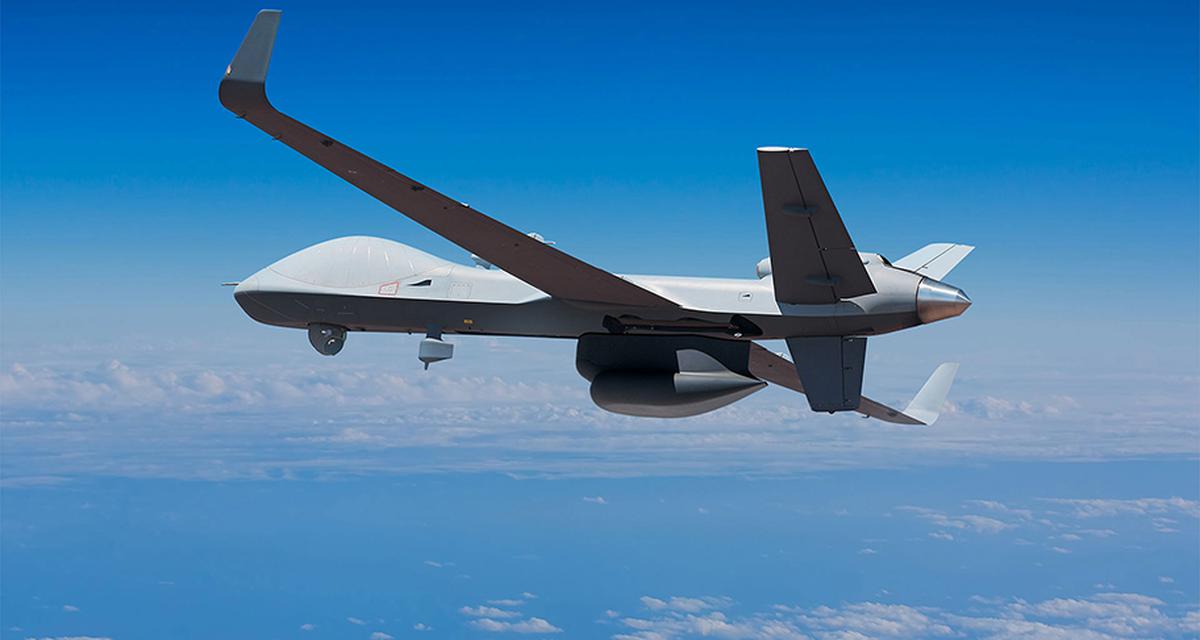
India is poised to take a significant leap in its unmanned aerial capabilities with the expected conclusion of a deal with General Atomics for the acquisition of 31 MQ-9B Predator drones. Estimated to cost around $3.5 billion, this deal is set to be finalized by the end of November this year, with deliveries commencing from the end of 2025 onwards.
The proposed deal outlines the induction of 15 Sea Guardians into the Navy, and eight Sky Guardians each into the Indian Army and the Indian Air Force. The MQ-9B Reaper drones, also known as Sea Guardians and Sky Guardians, are high-altitude long-endurance drones equipped with strike missiles capable of eliminating enemy targets with precision.
Continue readingSOURCE: RAUNAK KUNDE / NEWS BEAT / IDRW.ORG

India’s state-owned shipyard, Garden Reach Shipbuilders & Engineers (GRSE), is all set to make a groundbreaking advancement in the realm of maritime surveillance. The company has recently announced on Twitter that it will be unveiling its first indigenously made Autonomous Underwater Vehicles (AUVs) on the 28th of this month. This development promises to revolutionize India’s ability to monitor and safeguard its vast coastline through innovative and homegrown technology.
Maritime surveillance has witnessed significant advancements with the adoption of Unmanned Aerial Vehicles (UAVs) or drones. These state-of-the-art tools have proven to be highly cost-effective and efficient resources, empowering governments and organizations to monitor and protect expansive water areas while minimizing risks to personnel.
Continue readingSOURCE: RAUNAK KUNDE / NEWS BEAT / IDRW.ORG
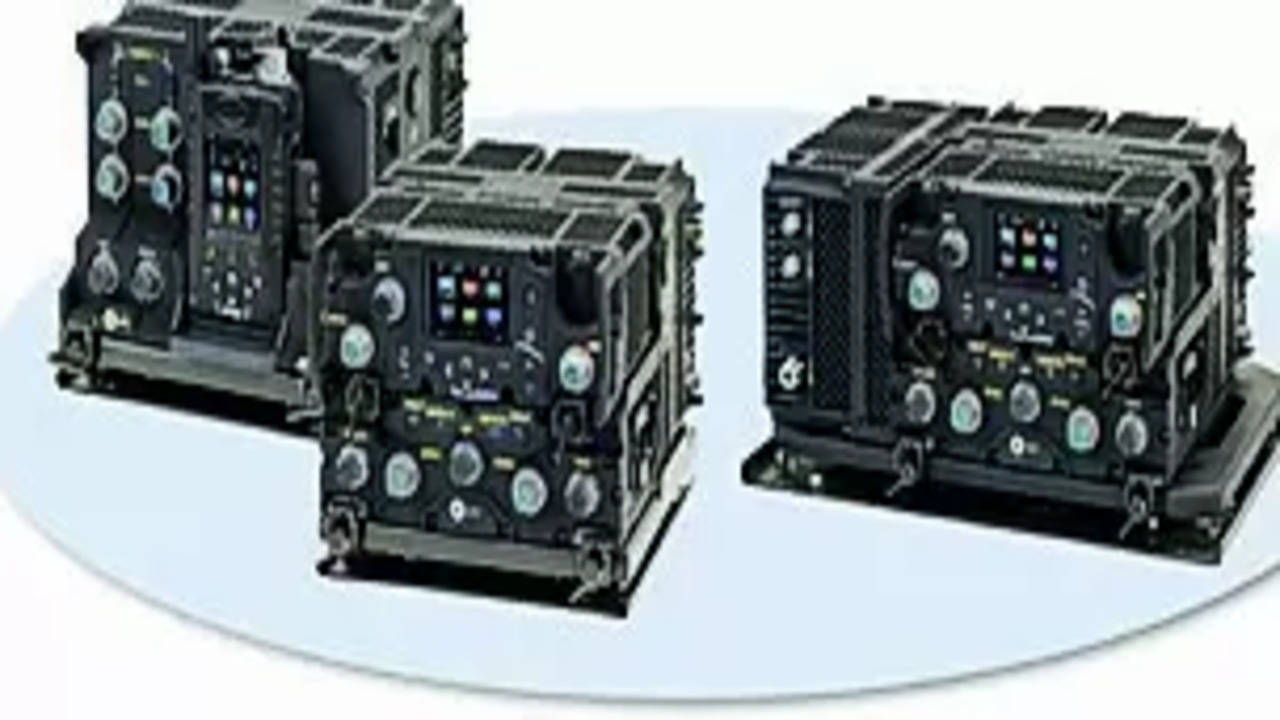
Bengaluru-based Alpha Design Technologies Limited (ADTL) has achieved a significant milestone in its partnership with the Indian Army by securing an order to supply 400 indigenously made Software-Defined Radios (SDRs). These cutting-edge SDRs will be integrated into the tanks operated by the Indian Army in forward areas, marking a major technological leap in enhancing the army’s communication capabilities.
The SDRs hold immense strategic importance as they enable secure and seamless communication among tank platforms, offering improved command and control capabilities on the battlefield. With this procurement, the Indian Army is poised to revolutionize its tank fleet with state-of-the-art communication technology, enhancing coordination, and ensuring real-time information exchange among Armoured units.
Continue readingSOURCE: RAUNAK KUNDE / NEWS BEAT / IDRW.ORG
Hindustan Aeronautics and Bharat Electronics co-developed and co-produced a long-range dual band infra-red search and track system for Su-30 MKI and will commence developmental trials from mid of 2024 onwards as work is progressing towards a limited scale of production for development testing.
The co-developed IRST system aims to replace the existing Russian-supplied OLS-30 IRST system on the Su-30MKI fleet, with the process expected to commence from 2026 onwards.
Continue readingSOURCE: RAUNAK KUNDE / NEWS BEAT / IDRW.ORG
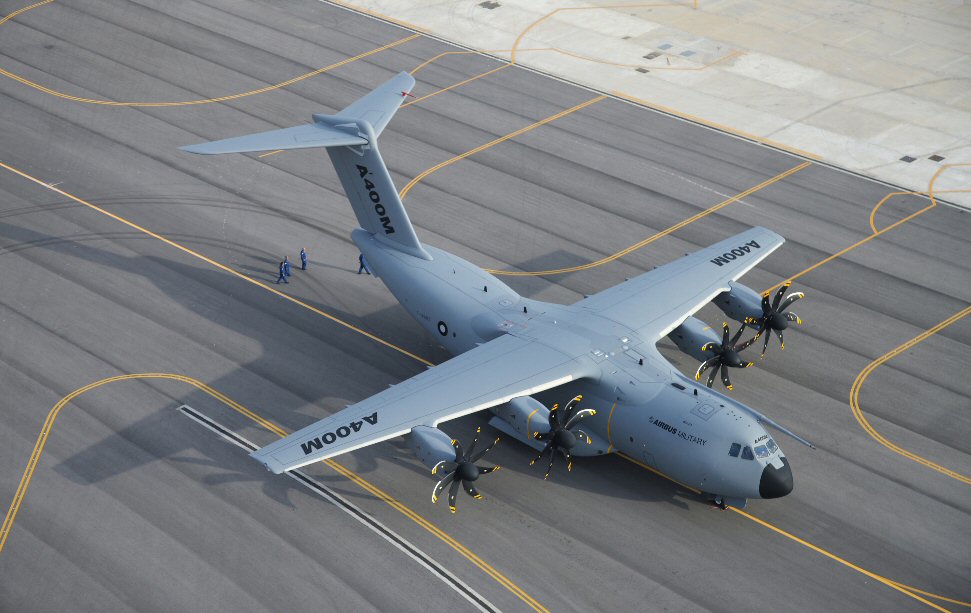
Venkat Katkuri, the head of Airbus’ defence and space vertical for India & South Asia, has confirmed that Airbus has actively responded to India’s Air Force (IAF) Request for Information (RFI) for the acquisition of 60-80 Medium Transport Aircraft (MTA) to serve as Medium Haul Transporters. The IAF is seeking modern and versatile aircraft to replace its Soviet-origin AN-32s and bolster its transport capabilities.
In the competitive bid, Airbus has offered its state-of-the-art A400M aircraft, designed to cater to the IAF’s medium transport requirements. Additionally, Lockheed Martin has also submitted its response, proposing the C-130J Super Hercules, while Embraer has offered its C-390 Millennium for consideration.
Continue readingSOURCE: RAUNAK KUNDE / NEWS BEAT / IDRW.ORG
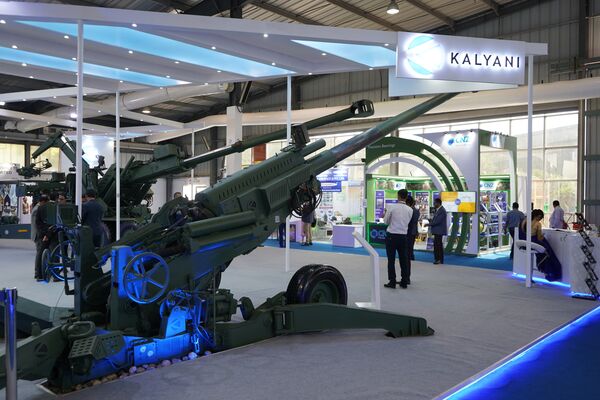
The Indian Army has recently made a strategic decision to rule out the procurement of additional British/American-supplied M777 155-mm, 39-calibre towed artillery guns for high-altitude regions. Instead, it has turned its focus towards upgrading the existing M777 howitzer to a 155mm/52 calibre ER (Extended Range) variant. This decision comes amidst rising tensions along the border with China, where the deployment of Chinese troops has prompted calls for additional artillery capabilities.
The M777 Howitzer has proven its worth in high-altitude regions, making it an important asset for the Indian Army. However, the upgrade to the 155mm/52 calibre ER variant is seen as a more cost-effective and locally sustainable solution. The upgrade will significantly increase the maximum firing range of the M777 howitzer, enhancing its firepower and range of engagement.
Continue readingSOURCE: RAUNAK KUNDE / NEWS BEAT / IDRW.ORG
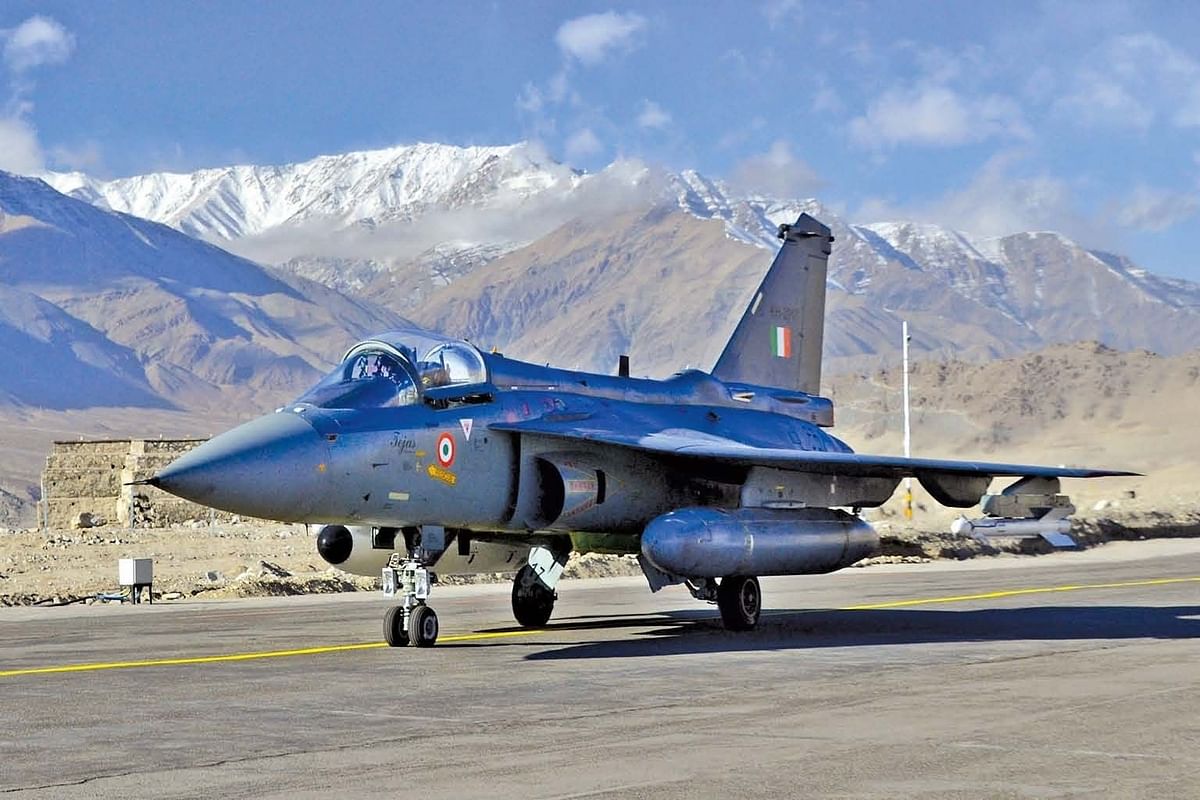
India’s Hindustan Aeronautics Ltd (HAL), a renowned state-owned aerospace company, has agreed to undertake the replacement of 16 major British components used on the LCA-Tejas Mk1A fighter jet, as per Argentina’s request. However, the key condition for the collaboration is that Argentina must bear the cost of certain major system changes required in the aircraft. While this collaboration represents a significant opportunity for Argentina to upgrade its fleet, some challenges lie ahead, particularly in replacing the British-origin Martin Baker ejection seats.
One of the most significant hurdles in the upgrade process is the replacement of the Martin Baker ejection seats, which are of British origin. Incorporating ejection seats from either the United States or Russia would necessitate modifications to the cockpit and recalibration of the ejection seat firing sequence. Additionally, recertification by the Centre for Military Airworthiness and Certification (Cemilac) will be required to ensure the aircraft’s safety and compliance with aviation standards.
Continue readingSOURCE: RAUNAK KUNDE / NEWS BEAT / IDRW.ORG

Naval Group, the renowned French naval defence and marine renewable energy company, has presented India with an enticing offer to enhance the capabilities of its Kalvari-class submarines. The proposal includes equipping these submarines with the state-of-the-art F21 Heavyweight Torpedo, which has already demonstrated its effectiveness aboard the Brazilian Navy’s Scorpene-class submarines.
With its impressive features and versatile applications, the F21 Torpedo has the potential to revolutionize India’s submarine warfare capabilities. Additionally, France has expressed keen interest in setting up a local assembly line for the torpedo, provided India procures them in substantial quantities.
Continue readingSOURCE: RAUNAK KUNDE / NEWS BEAT / IDRW.ORG
India’s ambitious Tejas MkII program is set to advance into the developmental testing phase starting in 2025. With committed orders for 120 units and potential procurement of over 80 more units in the future, the program gained momentum following the clearance of CCS (Cabinet Committee on Security) approval last year. The Tejas MkII, an advanced variant of the indigenous Tejas fighter jet, promises to elevate India’s aerospace capabilities to new heights.
Prabhulla Chandran VK, the director of avionics and weapons systems at the Aeronautical Development Agency (ADA), recently revealed that ADA is exploring the development of a Trainer variant of the Tejas MkII. Interestingly, the Indian Air Force (IAF) has not placed any such requirement for a trainer version. The move to consider a Trainer variant stems from the intention to make the Tejas MkII more appealing in the international export market.
Continue readingSOURCE: RAUNAK KUNDE / NEWS BEAT / IDRW.ORG
The AEW&CS MK-II program, aimed at developing six new Airborne Early Warning and Control (AEW&C) aircraft for the Indian Air Force (IAF), is set to embark on sensor trials on the DRDO’s A-319 “Anusandhan” Flight Test Bed (FTB) aircraft next year. The project is expected to gain further momentum in 2025, with the anticipation of the first aircraft taking to the skies by 2026. Leveraging the A-319s and A-321 variants sourced from the Air India fleet, the program marks a significant stride in enhancing India’s aerial surveillance capabilities.
The initial phase of the AEW&CS MK-II program will focus on conducting sensor trials on the DRDO’s A-319 “Anusandhan” FTB aircraft, serving as a testbed for advanced systems. Following successful trials, the DRDO will issue a Request for Proposal (RFP) to seek bids for the modification of the six-passenger aircraft acquired for the program. Airbus, the original equipment manufacturer (OEM), is currently the frontrunner to secure the contract, given its expertise in aircraft modification and integration.
Continue readingSOURCE: RAUNAK KUNDE / NEWS BEAT / IDRW.ORG
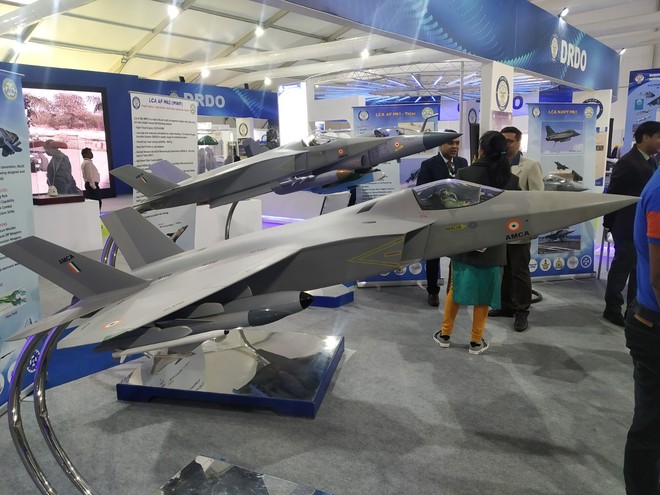
French multinational aerospace manufacturer Safran and India’s Gas Turbine Research Establishment (GTRE) will soon be working out formalities for the joint venture that aims to create an advanced engine that will power India’s highly anticipated 5th generation Advanced Medium Combat Aircraft (AMCA) fighter jet.
People familiar with the matter have revealed that India is poised to make a significant commitment, pledging to procure 400 engines with a thrust class of 110kN. These engines are expected to enter production in India in the mid-2030s, ensuring economies of scale are achieved, and the cost of each unit remains proportionate to approximately 30% of the AMCA aircraft’s overall value. This thoughtful approach not only empowers India to become self-reliant in engine production but also strengthens its position as a formidable player in the global aerospace industry.
Continue readingSOURCE: RAUNAK KUNDE / NEWS BEAT / IDRW.ORG
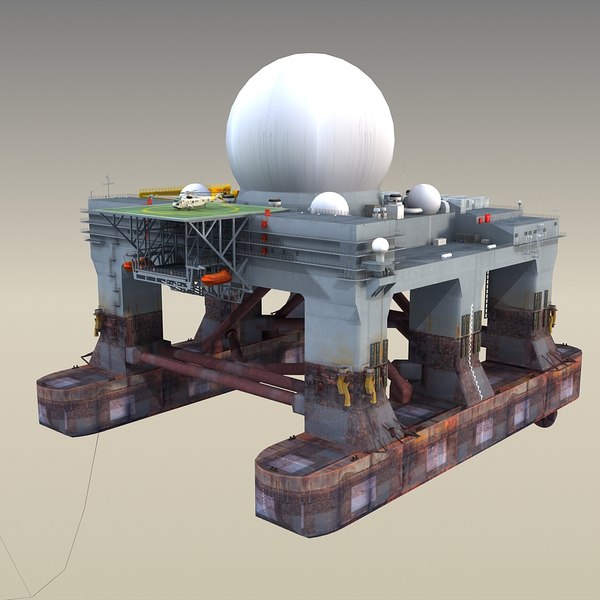
India is venturing into the development of a floating sea-based radar system as part of its Ballistic Missile Defense (BMD) program. The project aims to bolster the nation’s defence capabilities by establishing an advanced radar system that can detect and track ballistic missiles, differentiate between warheads and decoys, update ground-based interceptors in real time, and evaluate the effectiveness of missile intercept attempts.
This strategic move comes as India completes Phase-I of its BMD system, with land-based installations currently providing security to key regions, including the National Capital New Delhi and India’s Commercial Capital Mumbai.
Continue reading